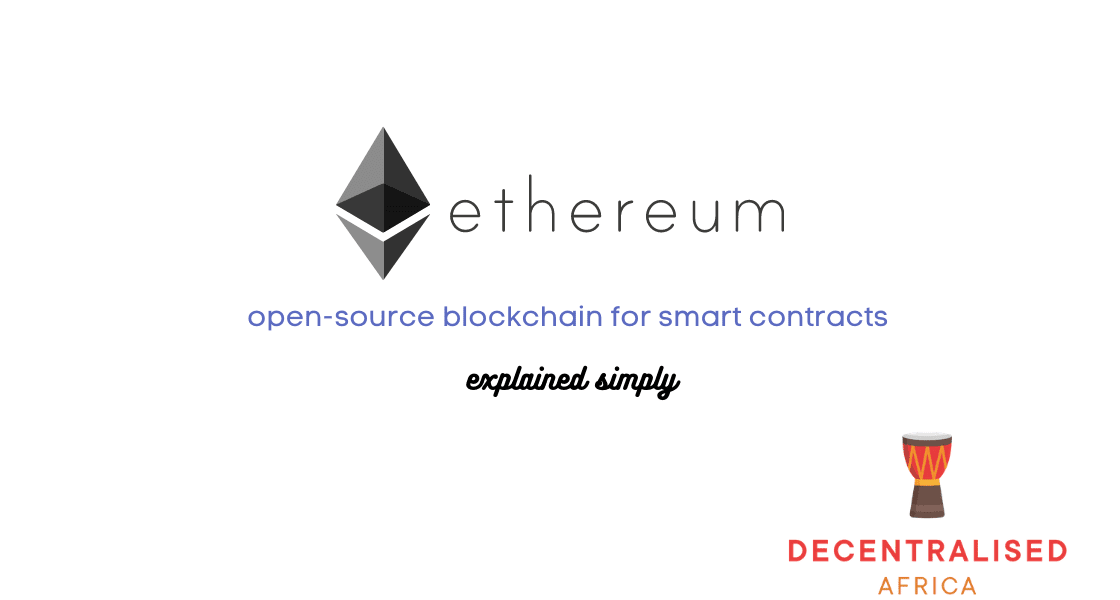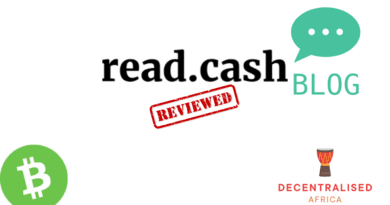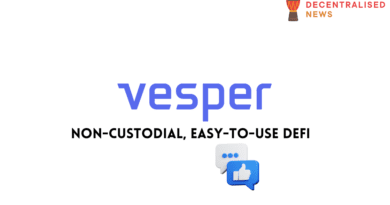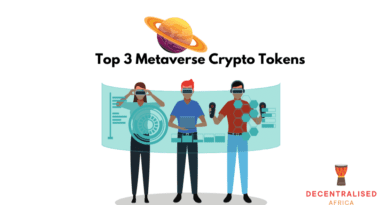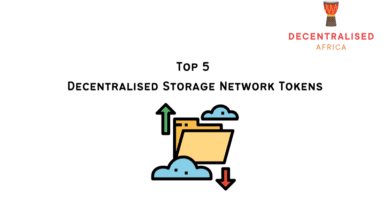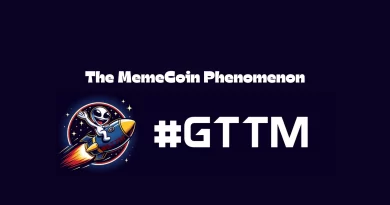What is Ethereum?
Ethereum is the second largest cryptocurrency, behind Bitcoin. Vitalik Buterin founded Ethereum in 2015, intending to democratize businesses, organizations and currencies, among others.
Ethereum is an open source technology which people can use to create decentralized applications and products which enable parties to reach agreements and carry out different transactions. For example, using the Ethereum network, people can buy and sell goods and services without involving middlemen.
It is an open source technology because anyone who has the internet and an electronic gadget like a computer or a smartphone can use the Ethereum blockchain to develop applications and products. It works in all countries of the world.
Ethereum operates through a global network of computers which work together day and night. At times people confuse the Ethereum blockchain and ether (ETH) the cryptocurrency. Ethereum is the technology that drives many applications and products, whereas Ether (ETH) is its ecosystem digital currency.
It is essential to note that Ethereum is a community project because anyone can participate in it. For you to better understand it, let’s look at what it enables you to do.
Peer-to- peer transactions
Ethereum enables people to enter agreements using smart contracts. People set conditions for a specific activity to occur. There is no need for a third person to implement an agreement.
For example, if a person sends a product such as a watch to someone far away. As soon as the person receives the watch, he/she sends the payment using the Ethereum network. The payment goes directly to the person who sent the watch, for example. It does not go through banks or any other financial institutions.
Moreover, in order for a person to use Ethereum network, he/she does not need to provide personal details such as identity particulars or to fill in complicated forms.
Banking
Ethereum enables people to access banking services on its network without a middleman. People can lend, borrow or save their cryptocurrency, such as Ethereum or any other ERC-20 tokens. Users complete all these activities while seated in their homes or when travelling or at resort areas, as long as there is internet service.
No central authority control
When entering agreements and making transactions, no government or central bank monitors and controls your activities. You are free to do as you think, governed by the Ethereum smart contract. For example, there are no limits to the times you can withdraw or deposit your cryptocurrency or tokens as long as you cover the transaction fee.
Guaranteed transactions
There is smooth e-commerce when using Ethereum network, applications and products. There are no interruptions from a third hand. For instance, you make payment once you have obtained a good or service concerned. You decide on the transaction and carry it out as you desire.
Applications and assets
As mentioned, developers can create applications that allow peer-to-peer transactions and communications. For example, people can send messages directly to one another without other people accessing it, unless authorized to do so.
With some decentralized payment applications, people transact one on one. They can also create digital assets to use as a means of payment or for speculative purposes. Examples of these digital assets are the different ERC20 tokens. Some of these assets are tradable, enabling people to invest in them.
We use some decentralized applications for gaming, social media and finance. It is popular for people to play games on different decentralized applications based on the Ethereum network.
Ether (ETH)
Ethereum has its own native cryptocurrency called Ether (ETH) which drives its network. In order to use the different applications built on the Ethereum network, people pay a fee in ETH.
Also, people use ETH as a currency and for investment purposes. For example, they buy ETH when it is cheap and sell it when it is more expensive, profiting from that.
Apart from making payments for goods and services using ETH, they can also settle their debts with it. You can also use Eth as a collateral to access loans.
The good thing is that anyone can own and use ETH in the way they want without restrictions. Also, ETH is very divisible up to the 18th decimal place, meaning that you can use 0.000000000000000001 ETH to pay for a service.
Storage of ETH
You can store your ETH in various types of wallets.
Hard wallet: These wallets are very secure and in form of storage devices like USB sticks.
Desktop wallet: People can store their private and public keys on their computers. With this option you need a password.
Mobile wallets: In a similar manner to desktop wallet, people install them on their smartphones to store their private and public keys.
Web wallets: People create accounts and open web wallets on sites such as Coinbase.
Buying Ether
You can buy ETH on various platforms on the web. For example, people buy ETH from exchanges such as Coinbase, Binance, Kraken, Remitano, LocalCryptos and Cex.io, among many others.
Conclusion
Individuals can create decentralized applications and tokenised assets on Ethereum blockchain. To use these applications, people make payments in the form of ETH. The interesting fact is that anyone, anywhere and at any time can use the applications built on the Ethereum blockchain.

